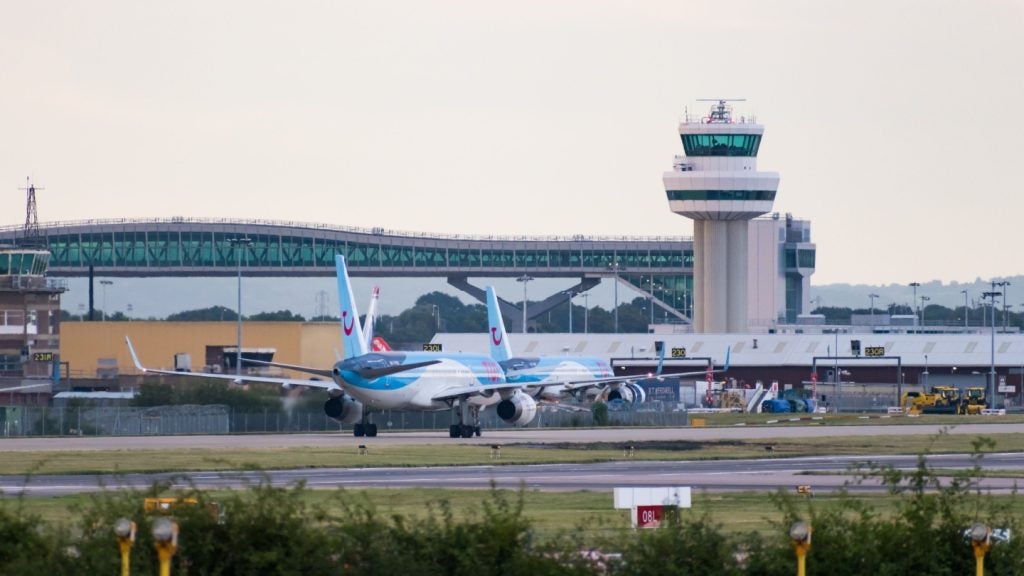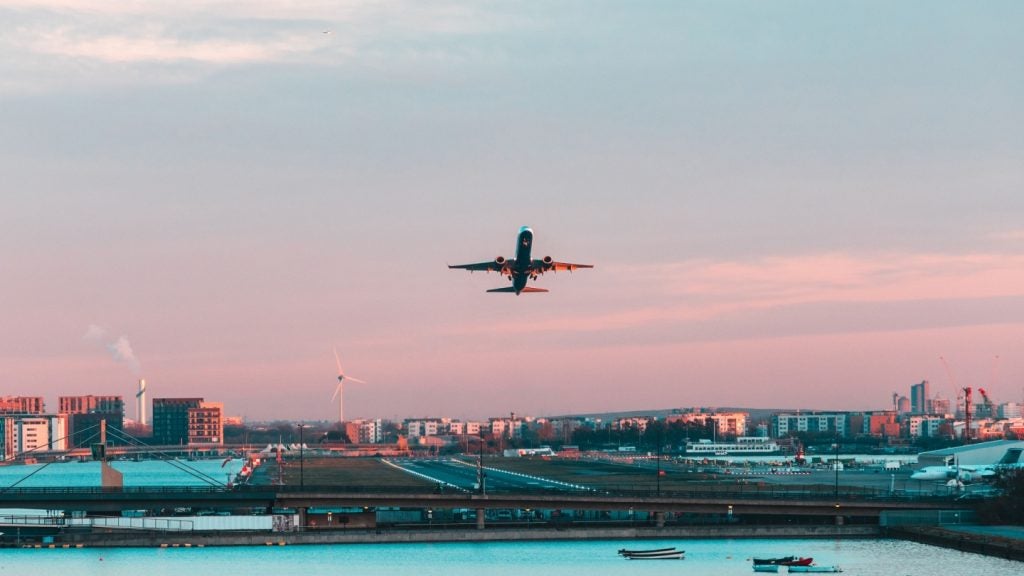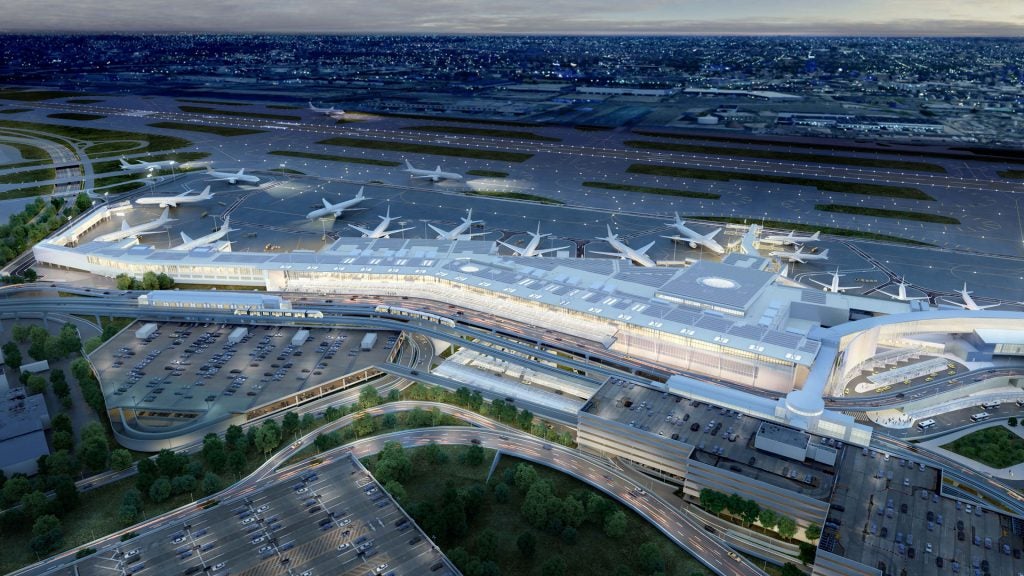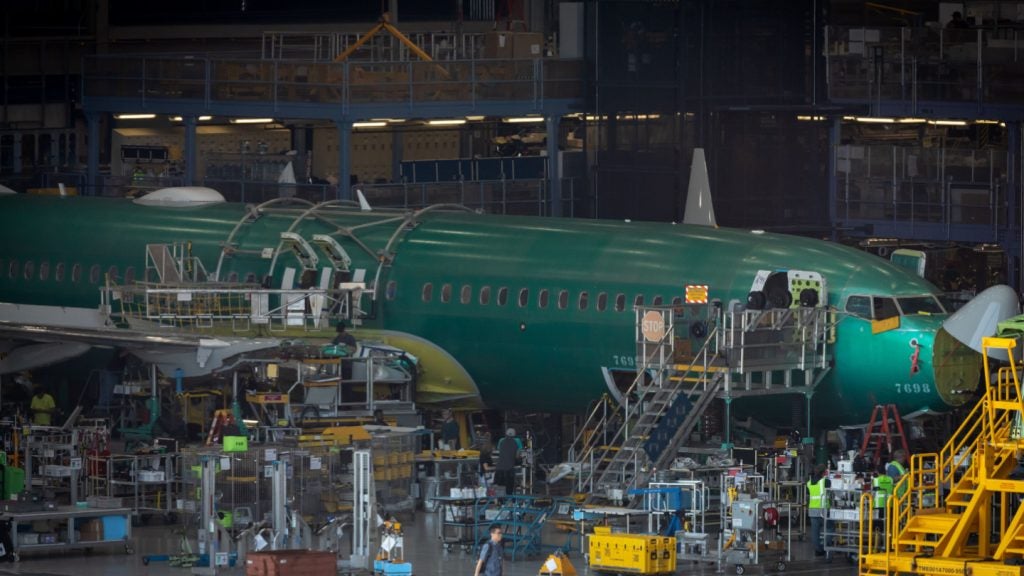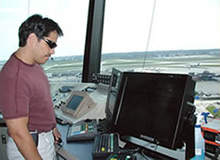
Behind all the hype of rocketing fuel prices, another crisis is brewing which threatens the safety of all those who fly. There is now such a shortage in air traffic controllers (ATCs) that there is a major degradation in air safety standards.
In Russia, Australia, South Africa and America near misses are getting close to becoming mid-air disasters, in some cases airlines are being forced to choose between cancelling, delaying or diverting flights or having loaded jetliners flying through uncontrolled airspace.
Not even the economic downturn, 11 September or the breakout of SARS in 2003 can stop the number of air passengers. Overall traffic grew robustly in the 1990s, and even through the credit crunch the air travel industry body, International Air Traffic Association (IATA), found that global passenger traffic grew by 3.8% this June.
Much of the increase in traffic has been driven by annual growth rates of up to 40% in China and India and the overall prognosis is still for air traffic to double, if not treble, by 2015.
Avoiding fatalities, just
This presents a major headache for aviation safety bodies such as Australia’s Civil Aviation Authority (CASA) and the United States’s Federal Aviation Administration (FAA) as some industry observers argue that the shortage of ATCs has already led to near misses in both countries. In mid-July CASA launched an investigation into an incident where a US-registered Learjet and a Jetstar Airbus were within 60 seconds of a possible collision because of unmonitored airspace due to staff shortages.
How well do you really know your competitors?
Access the most comprehensive Company Profiles on the market, powered by GlobalData. Save hours of research. Gain competitive edge.

Thank you!
Your download email will arrive shortly
Not ready to buy yet? Download a free sample
We are confident about the unique quality of our Company Profiles. However, we want you to make the most beneficial decision for your business, so we offer a free sample that you can download by submitting the below form
By GlobalDataReportedly, the Learjet had been flying from Wollongong to Melbourne over Canberra when it expressed concern about increasing altitude into uncontrolled airspace – a situation encountered most often in developing African countries – but now increasingly common in Australia. The aircraft instead remained at 24,000ft and veered in a different direction which alarmed controllers because a Jetstar flight from Hobart to Sydney was heading north at the same altitude and time.
Meanwhile, over the summer in the US two close calls in the same month at New York’s JFK airport also heightened ongoing concerns. In Mid-July, a Delta Airlines 767 pilot suddenly decided to abort his landing. When he pulled up, it put the plane right in the path of a Comair jet, departing on a perpendicular runway. Controllers quickly turned the planes in opposite directions, but not before they came within 600ft separation in altitude. Only one week earlier, the exact same situation occurred with ATCs saying the situation was caused by a shortage of controllers.
The big danger is that although collisions involving passenger jets are relatively rare, they are catastrophic when they occur. Records show that since 1960 when jet aircraft started to become commonplace, there have been more than 16 fatal midair collisions. As aviation analyst and commentator Ben Sandilands, says: “If you have a bad night as an air traffic controller, you can actually kill people.”
Frightening shortage
So what is causing this global shortage of air traffic controllers? ‘Demography is destiny’ is a phrase usually attributed to the 19th century French philosopher Auguste Comte but can be readily applied here as the rapid growth in air travel has become combined with the majority of ATCs coming up for retirement, resulting in a frightening shortage.
In the Australian case this trend has been exacerbated by a lack of forward planning on the part of Air Services Australia (ASA). Set up 13 years ago by the conservative John Howard Government, ASA is tasked with managing Australia’s air traffic control system and providing airports services such as aviation rescue and fire fighting.
As part of the general mania for turning organisations set up for the public good into ‘profit centres’, the corporatised ASA now has revenue targets like any private sector company. This approach is being held partly to blame for management deficiencies that include an inexplicable failure to foresee the need to sharply lift its intake of controllers in the face of a worldwide shortage, an aging workforce and more airline traffic.
Requests to the ASA for an interview with CEO Greg Russell (who took over in 2005) received a polite ‘I’ll get back to you’ followed by inaction. However, Russell has been widely quoted in print, on television and on radio as saying: “I was surprised by how much needed to be done. There was a lack of planning for the future, the place had become distracted from its primary mission.”
Whatever the reasons for ASA’s organisational failure, there will be no easy solution to the problem. Relations between ASA and the ATC union Civil Air are poisonous. Civil Air members are refusing to make themselves available for overtime, the means by which ASA has been making good the shortfall for years, saying that the corporation was warned of the impending shortage six years ago. In addition, Civil Air argues that ATCs are burned out from having to come in too often on their days off to cover shortfalls.
ASA counters that a militant section of Civil Air is endangering public safety as part of a campaign to score substantial wage rises as part of a new enterprise agreement due to be negotiated later this year.
The union angrily refutes any notion that its members would place public safety at risk over wage negotiation despite Australian ATC pay and conditions lagging far behind controllers in Europe and the Middle East.
In the United States, the relationship between ATCs and their employer the FAA has reached a similar nadir. Post 11 September, armed guards have been stationed at the door of airport control towers and ATCs are chafing under new dress codes. Like their Australian counterparts the US controllers pay lags far behind professional wage standards. As a result, a large proportion of the 7,000 ATCs hired in 1981 when the Reagan Administration sacked the same number over a pay dispute, are retiring as soon as they qualify for a pension.
Preparing for the future
Russia’s State Air Traffic Management Corporation is confronting a similar problem with a shortfall of 1,200 ATCs feared within three years and by 2014 the deficit could be as high as 3,000. Unlike the US and Australia, Russia seems to have recognised the seriousness of the problem early enough and is improving pay and conditions to retain existing ATCs and attract new personnel.
ASA has managed to recruit some experienced controllers from South Africa, leading to a shortage that is also being exacerbated by a pay dispute in that country. Both ASA and the FAA are making strenuous attempts to remedy the shortfall through recruiting drives. While this may solve the problem in the medium term, the problem won’t go away any time soon.
ASA has recently more than doubled planned recruitment numbers to between 80 and 100 trainees a year for the next five years.
But to become fully qualified ATCs spend two years in training followed by a further three years on the job before they are a full performance controller, according to Civil Air.
While ASA prefers candidates who have a tertiary education and some experience in the work force, the FAA is using MySpace and YouTube to target high school leavers – people too young to drink in some states – in its bid to recruit the first of the 17,000 new ATCs who will be needed over the next ten years.
Prime time US programme Tonight Show‘s host Jay Leno, joked: “We don’t trust them to drive a car. But land a 747, yes, no problem.”
In Australia, airlines will be faced with delaying or cancelling flights or having pilots fly loaded jetliners into uncontrolled airspace for the foreseeable future. In the movie Pushing Tin, John Cusack’s character remarks to a fellow air-traffic controller: “Oh, you really think the pilot is controlling this plane? That would really scare me.” What’s even scarier is that in some cases that is the reality.



